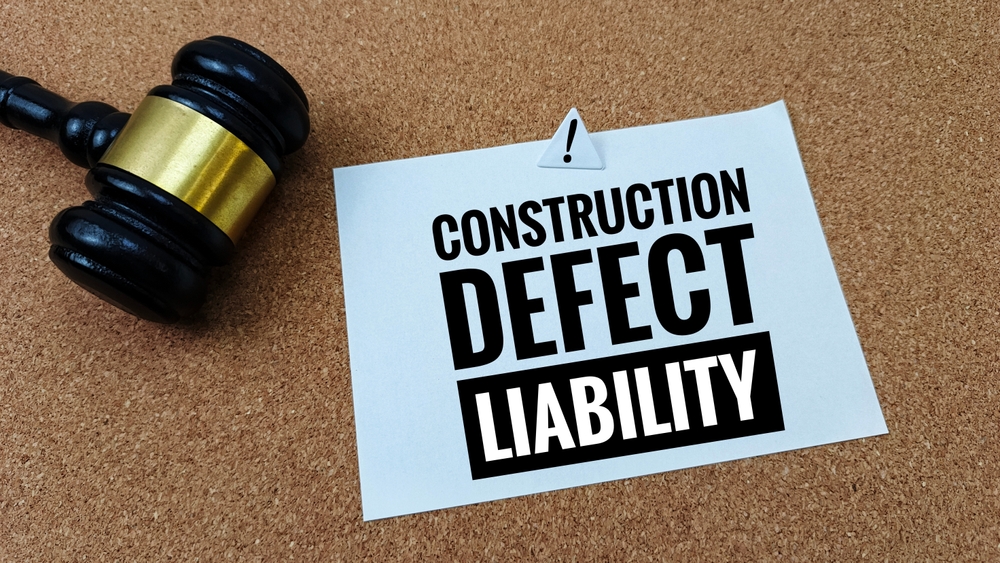

Most construction companies are familiar with workers’ compensation; they may have used it when a worker was injured on the job site. Workers’ compensation is a form of state-managed insurance which provides pay and medical benefits to employees who have a work-related injury or illness. While this program benefits both your company and the employee, sometimes your liability can extend beyond the benefits of workers’ compensation. This extension of liability can be found in the contract you signed for the project under the indemnification clause. The indemnification clause is usually crafted to protect the owner of the property or the general contractor of the project. In this article, we’ll examine the relationship between worker safety and indemnification clauses.
Why is the owner or general contractor concerned about indemnification for damages resulting from your injured employee, if the injured employee is able to recover under workers’ compensation? That’s because workers’ compensation laws cap amounts that an injured employee can collect. And, often that amount does not fully compensate the employee. When this happens, the employee can then sue the other parties involved in the project that may have bigger pocketbooks, such as the owner and the general contractor.
This means the owner and general contractor have the potential of being involved in a multi-million-dollar lawsuit any time a serious accident has occurred. As a result, the owner and/or general contractor will try to push that liability back down to the subcontractor—the employer of the injured employee.
Indemnification results in a shifting of the responsibility to another party to pay costs and damages associate with an incident. So, the injured employee can sue the owner or general contractor. But all the costs, expenses, and losses associated with the claim would be turned over to you, the employer, and signer of the contract containing the indemnification clause.
While Texas does limit certain instances of indemnification, the anti-indemnity statute does not apply to “a claim for the bodily injury or death of an employee of the Indemnitor, its agent or its subcontractor of any tier.” (See Texas Insurance Code Section 151.103 (West Supp. 2013).) This means that in Texas, the broad form of the indemnification agreement would still be enforceable in a construction contract if limited to claims for bodily injury or death of an employee of a contractor or subcontractor. Therefore, you need to be aware if an indemnification clause exists in your contract. If it does, you need to be mindful that workers’ compensation may not be the end of your liability for the incident or injury that occurred. The best practice is to have us review your contract to help you navigate these types of incidents.
This blog is part of our 2020 Mastering the Subcontract series. Come back each week as we deep dive and pull apart everything you need to know about a subcontract.
Karalynn Cromeens is the Owner and Managing Partner of The Cromeens Law Firm, PLLC, with over 17 years of experience in construction, real estate, and business law. A published author and passionate advocate for contractors, she has dedicated her career to protecting the businesses her clients have built. Karalynn is on a mission to educate subcontractors on their legal rights, which inspired her books Quit Getting Screwed and Quit Getting Stiffed, as well as her podcast and The Subcontractor Institute.

